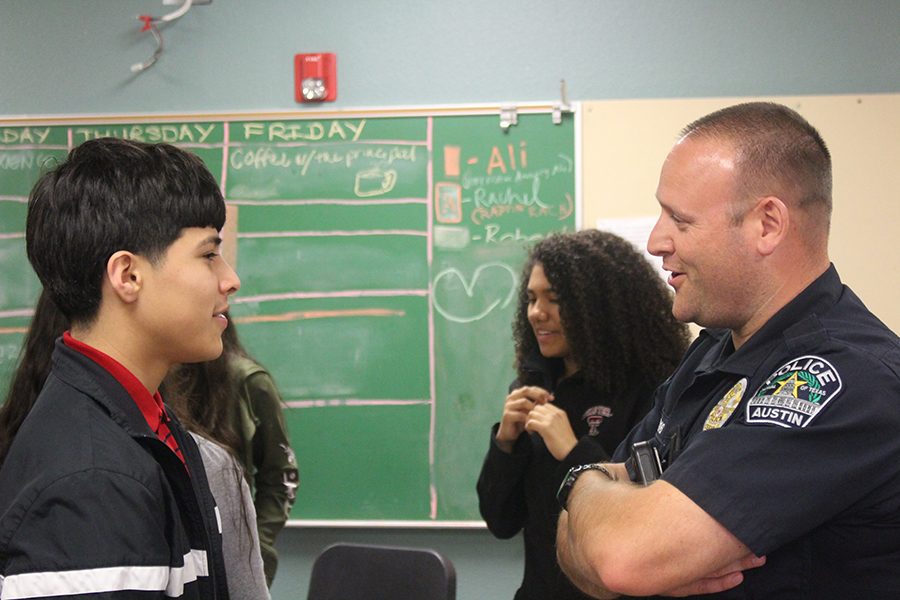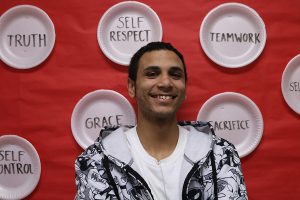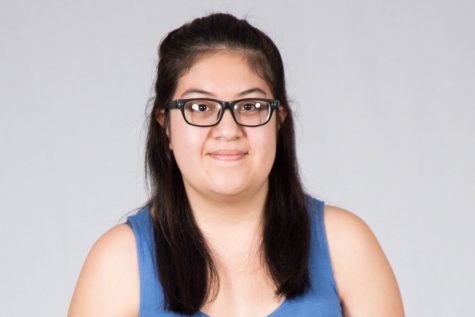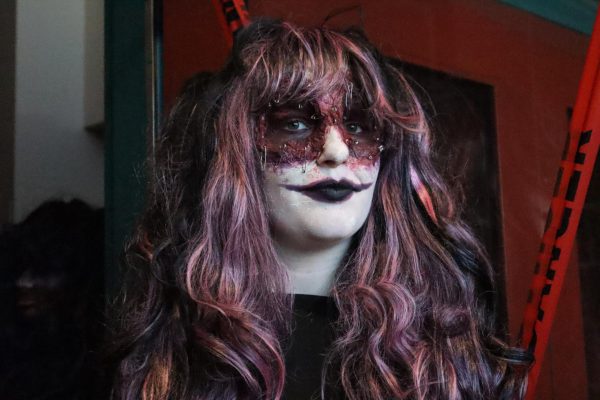Restorative Justice program is model to others
City of Austin police meet with students weekly to build positive relationships
Officer Joshua Visi speaks to freshman Domanick Flores during a story sharing group activity. The Restorative Justice program has officers come in every Friday to build community relationships between officers and teenagers.
February 28, 2017
When City of Austin police officer Joshua Visi first participated in a Restorative Justice circle meeting at Akins in November, he remembers one student’s reaction to his presence: “Oh, hell no!”
“He just walked out and he didn’t come back and so I was like ‘That’s his right. He can do that.’ But that just kind of highlighted and told me that ‘OK, there are some students here that I’ve got to change their minds,’” Visi said. “I never met him before, never had any interactions with him before. He didn’t know me. All he saw was the uniform and he was like that’s a bad guy or I don’t want to be a part of the circle if he’s in the circle so that made me feel kind a of unwelcomed but I was like challenged accepted.”
“Things like the uniform and the car can be a little intimidating and it’s suppose to command respect not intimidation,” police officer Joshua Visi said.
Over the last few years the tension between the police department and teenager minorities has increased tremendously to the point where teens don’t feel comfortable in the presence of a police officer, which prevents any sort of communications between the two.
For example, riots were started in Ferguson, Missouri after a white police officer shot and killed an unarmed young African American man named Michael Brown. It’s these types of tragedies that have created a bad reputation for law enforcement agencies across the country.
“I’ve had negative experiences with officers, I would consider it as racial profiling because sometimes I’ll walk into a store and I would feel like they’re always watching me,” sophomore Isaiah Kinney said. “I was confronted for stealing when I really wasn’t doing anything.”
Police departments have notice that they have been associated with being the “bad guy” and are reaching out to schools to change that. Since the fall, City of Austin police officers have been meeting with Akins students on Fridays in the Restorative Justice Center to help overcome these perception problems.
During the first week, Officer Visi noticed the tension between certain minority groups and the police. It’s these specific types of situations in which police officers want to build a trust bond with the public.
“I wanted to impress upon some of these young people and there’s different perspectives and I wanted them to just hear me out and give me a chance,” he said.
After the first few weeks of having officer Visi present during the Restorative Justice circle students began to understand how difficult the job of a police officer really is.
“I think it was a positive thing to have police officers come into our Restorative Justice circles because I wanted to hear what they had to say and how they felt day-by-day being an officer it made me see things differently,” sophomore Ariel Escobedo said.









